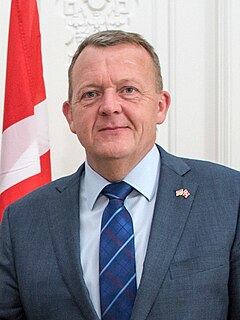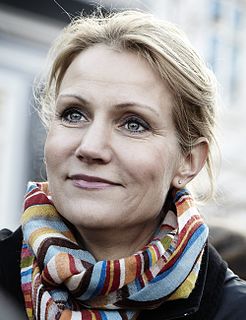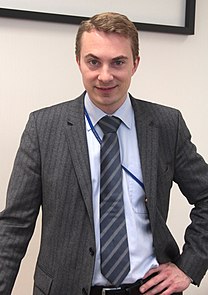| ||||||||||||||||||||||||||||||||||||||||||||||||||||||||||||||||||||||||||||||||||||||||||||||||||||||||||||
All 179 seats to the Folketing 90 seats were needed for a majority | ||||||||||||||||||||||||||||||||||||||||||||||||||||||||||||||||||||||||||||||||||||||||||||||||||||||||||||
| Turnout | 87.2% | |||||||||||||||||||||||||||||||||||||||||||||||||||||||||||||||||||||||||||||||||||||||||||||||||||||||||||
| ||||||||||||||||||||||||||||||||||||||||||||||||||||||||||||||||||||||||||||||||||||||||||||||||||||||||||||
| ||||||||||||||||||||||||||||||||||||||||||||||||||||||||||||||||||||||||||||||||||||||||||||||||||||||||||||

General elections were held in Denmark on 15 September 2011 to elect the 179 members of the Folketing. Of those 179, 175 members were elected in Denmark, two in the Faroe Islands and two in Greenland.

Denmark, officially the Kingdom of Denmark, is a Nordic country and the southernmost of the Scandinavian nations. Denmark lies southwest of Sweden and south of Norway, and is bordered to the south by Germany. The Kingdom of Denmark also comprises two autonomous constituent countries in the North Atlantic Ocean: the Faroe Islands and Greenland. Denmark proper consists of a peninsula, Jutland, and an archipelago of 443 named islands, with the largest being Zealand, Funen and the North Jutlandic Island. The islands are characterised by flat, arable land and sandy coasts, low elevation and a temperate climate. Denmark has a total area of 42,924 km2 (16,573 sq mi), land area of 42,394 km2 (16,368 sq mi), and the total area including Greenland and the Faroe Islands is 2,210,579 km2 (853,509 sq mi), and a population of 5.8 million.

The Folketing, also known as the Danish Parliament in English, is the unicameral national parliament (legislature) of Denmark. Established in 1849, until 1953 the Folketing was the lower house of a bicameral parliament, called the Rigsdag; the upper house was Landstinget. It meets in Christiansborg Palace, on the islet of Slotsholmen in central Copenhagen.

The Faroe Islands, or the Faeroe Islands—a North Atlantic archipelago located 200 miles (320 km) north-northwest of the United Kingdom and about halfway between Norway and Iceland—are an autonomous country of the Kingdom of Denmark. Total area is about 1,400 square kilometres (540 sq mi) with a population of 50,322 in October 2017.
Contents
- Background
- Date
- MPs not seeking re-election
- Retired MPs
- Coalitions
- Opinion polls
- Results
- Reactions
- Analysis
- Government formation
- References
- External links
The incumbent centre-right coalition led by Venstre lost power to a centre-left coalition led by the Social Democrats making Helle Thorning-Schmidt the country's first female Prime Minister. The Social Liberal Party and the Socialist People's Party became part of the three-party government. The new parliament convened on 4 October, the first Tuesday of the month.
Venstre, full name Venstre, Danmarks Liberale Parti, is a conservative-liberal, agrarian political party in Denmark. Founded as part of a peasants' movement against the landed aristocracy, today it espouses an economically liberal pro-free market ideology.
The Social Democrats, officially Social Democracy, is a social-democratic political party in Denmark. It was the major coalition partner in government from the 2011 parliamentary election, with then-party leader Helle Thorning-Schmidt as Prime Minister. After the 2015 parliamentary election, the party is no longer in government, though it regained the position as the largest party in the Danish parliament, the Folketing, with 47 of 179 seats. Helle Thorning-Schmidt withdrew as party leader on the night of the election as a direct consequence of the loss of government control, and she was succeeded on 28 June 2015 by the former vice leader, Mette Frederiksen.

Helle Thorning-Schmidt is a retired Danish politician who served as the 26th Prime Minister of Denmark from 2011 to 2015, and Leader of the Social Democrats from 2005 to 2015. She is the first woman to hold each post. Following defeat in 2015, she announced that she would step down as both Danish Prime Minister and Social Democratic party leader. Ending her political career in April 2016, she is the chief executive of the NGO Save the Children.




















